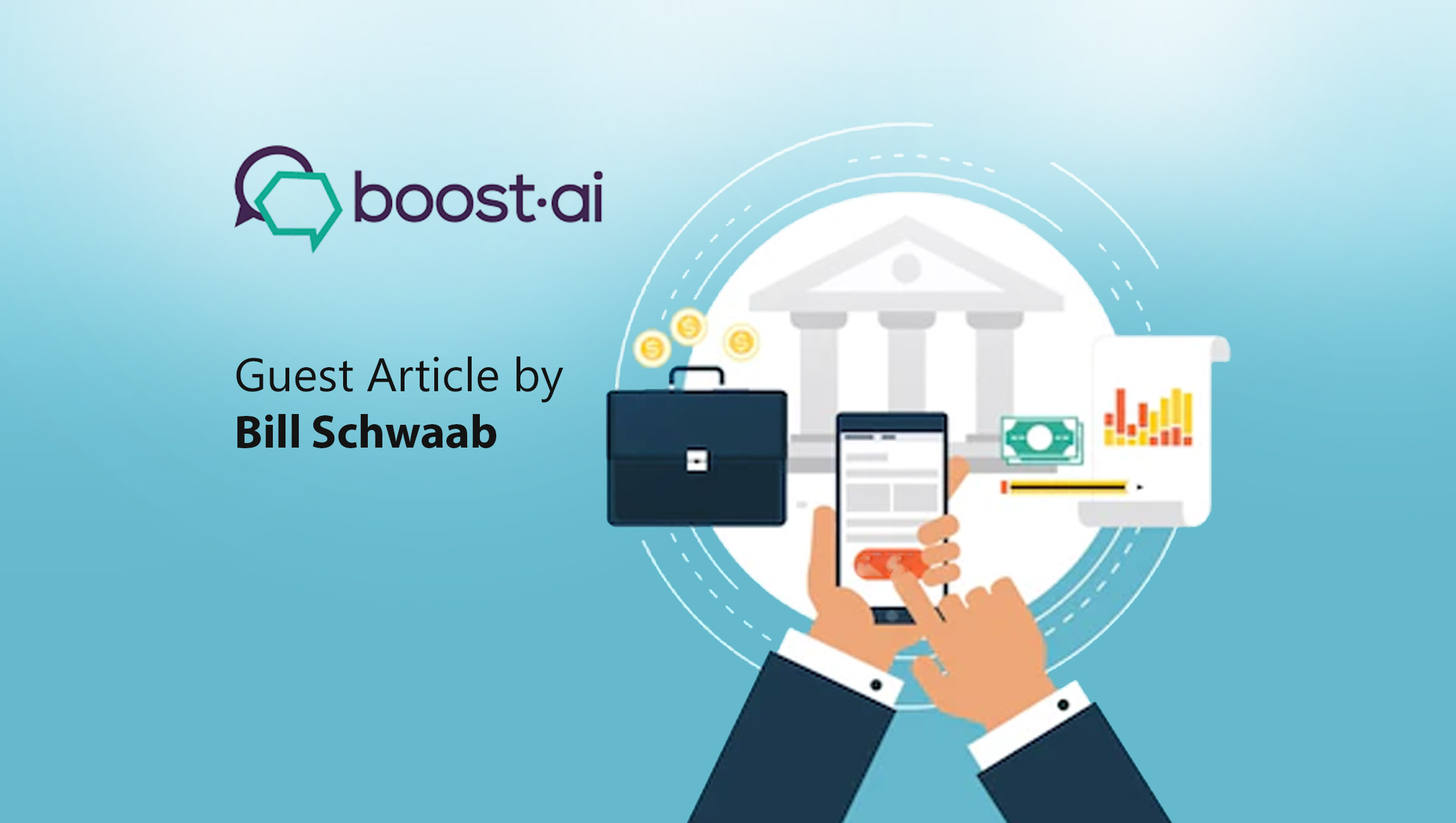The value of quality content is undeniable. It is a powerful differentiator in the market. Right from photography, graphics to informative content in blogs and social media – quality content helps brands resonate with customers, improve brand awareness, and ultimately drive revenue.
Content creation is at an all-time high. All of these online pieces of content are valuable digital assets.There is therefore a need for extensive digital asset management today. Modern digital asset management solutions (DAM) help marketers to store, organize, and manage all their digital content assets.
DAM technology is very useful for brands today. Every brand can utilize these technologies according to specific business needs.
Marketing Technology News: MarTech Interview with Alex Campbell, Co-founder and Chief Innovation Officer, Vibes
Here are some universal benefits of DAM tools and technologies:
1. Unified organization of content:
With the help of cloud asset management, team members and external partners can find what they need in one place. Marketing content is being created continuously, and a centralized location keeps everything safe and organized.
2. Streamlined workflow:
A DAM software brings agility and efficiency in content creation. It streamlines workflow to share proofs, collect feedback, and get approvals for each client.
3. Repurpose the best performing content:
It helps to save time and valuable resources for the company. While a DAM tool offers a complete picture of available content, it can also extend the value of assets through easy reuse and repurposing.
4. Ensure brand consistency:
A DAM software aligns with the brand guidelines and keeps content creators and communicators in the loop. With a cloud system, every creator is using files from the same platform and so, more transparency is maintained.
5. Integrates rest of the martech stack:
A DAM software makes it possible to be integrated with your martech stack so that all the content is available on-demand. The marketing and sales team needs the flexibility to use the software so they can work up to their maximum potential. Integration of these tools makes it possible.
Back in 2020, the digital asset management market was valued at USD 2,962.2 million, and the market is expected to reach USD 8,158.6 million by 2026, which marks a CAGR of 18%. More and more digital engagement has fostered the creation and dissemination of digital content. These digital transformation initiatives gained traction during the pandemic and there is no sign of slowing down.
Owing to this, more and more marketers are channelizing their digital efforts, investing in customer data and analytics, and adding more digital experience technologies. No brand can leave itself behind in this race. While storing and managing these digital assets is a challenge, DAM tools come to the rescue.
As the number of digital assets are increasing, brands must embrace DAM tools and software to store, organize and manage their digital assets.
Marketing Technology News: Marketers’ Next Moves as the “User Experience” Dies Down
Here are some of the top tools that can help marketers with their digital asset management in 2022:
1. Adobe Experience Manager Assets
Adobe’s DAM is one of the most popular digital asset management tools enabling users to manage all digital content in one place. The tool further works to streamline collaborative processes allowing marketers and creatives to work together more effectively. The tool is equipped with Al-capabilities and offers data-driven insights to let users know which content can bring high ROI to the company.
2. Aprimo
Next on our list is Aprimo, which is a SaaS-based digital asset management system. The tool acts as an asset repository to automate the delivery of brand-compliant and approved content. Its ideation capabilities streamline content ideation and planning processes.
3. Canto
Canto is another popular digital asset management tool used by big brands like Fairtrade, Gymshark, LinkedIn, and so on. The tool is loaded with smart sharing features letting marketers and creatives work together with the content quickly and easily. It offers features to tag and helps categorize various digital assets.
4. Bynder
Bynder offers a central storage point for digital assets. Leveraging AWS global services to enable performance and scalability, the system can handle a huge number of files and makes searching content easy. Users can search through their content using search tags, metadata, and even PDF documents.
5. Celum
It is a robust DAM platform offering solutions for users to upload, search, manage, and share files easily. The best feature of Celum is, it is a GDPR-compliant tool, and you can integrate it with other applications and platforms in your ecosystem. Its agile collaboration system streamlines each step to create assets and use them for marketing and branding campaigns.
Final Word
DAM software is a central source of storage for all marketing and even sales assets, depending on how you choose to use it. These smart and powerful DAM tools manage and streamline digital content throughout its lifecycle while enabling B2B teams to keep the right content ready for specific future purposes.











